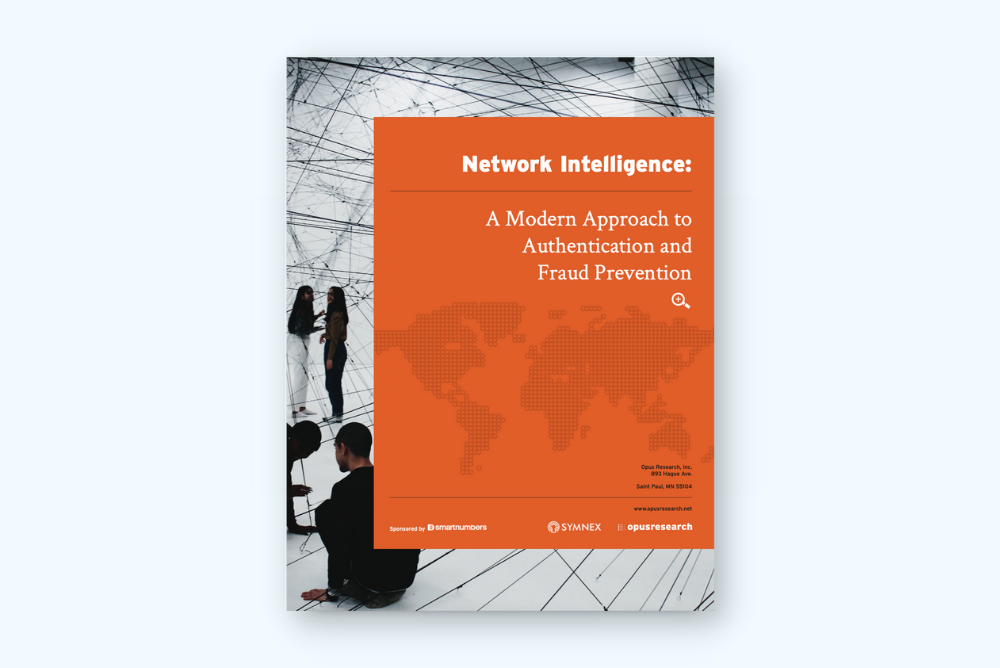In the contact centre, time is money – and every second of time is reduced is money saved for the organisation and a smoother experience for the customer. And for many contact centres, a significant amount of time is being spent authenticating genuine customers who pose no fraud risk. But how do you eliminate questions for these customers without letting fraudsters fall through the net? The answer lies with network authentication.
The idea behind network authentication is to remove or reduce knowledge-based authentication (KBA) from customers that can be easily authenticated via other means.
As you can see from the graph, simple caller identification can result in the majority of genuine customers being easily and quickly identified, saving time and money for everybody. But how do you enable network authentication in your contact centre? There are three steps to take.
1. Identification rate
The first step to effective network authentication is to compare the phone numbers you have in your existing customer database with those in your call logs. The goal here is to identify which numbers match uniquely and which match to only a few customers, meaning they can be easily identified. Once you’ve effectively associated customers with a known phone number, that number can be reliably used to authenticate them in future.
Those customers that don’t have a known number attached can pass through further security checks. But for the majority of easily identifiable genuine customers, this simple step can remove further time-consuming and tedious authentication steps.
2. Authentication rate
The second step is to identify your risk threshold and therefore your authentication rate. There is always a risk of incorrectly rejecting genuine callers, but how much risk is allowed will vary from organisation to organisation. As a general rule, less than 5% of calls are likely to be fraudulent, and over 80% of genuine callers should be easily and quickly authenticated.
By eliminating authentication questions from the majority of perfectly genuine customers, you can save between 45 and 75 seconds of time for each call. As well as that, you can also save even more time by increasing the level of authentication in the interactive voice response (IVR) so customers can complete a broader range of self-service transaction without needing to speak with an agent..
3. Fraud detection
Even calls that cannot be associated with a known customer phone number can generally be easily authenticated through other means. To do that, you can use network authentication to assess them for their fraud risk perhaps using behavioural signals like caller location and call frequency from that number.
Callers in this category that have a low-risk score can be allowed to bypass one or more KBAs, saving further time. Generally, you can expect some 80% of calls in this category to be easily authenticated, which would remove about 15 to 45 seconds of time from each call.
Of course, these methods can’t authenticate every customer with 100% certainty. But they can ensure that you can easily authenticate the majority of customers without relying on time-consuming and tedious authentication questions. By using these methods, we’d expect to see between 20-40 seconds average reduction in call time across all calls.If you want to find out more about network authentication and how to implement it, check out our eBook: “Network Intelligence: A Modern Approach to Authentication and Fraud Prevention’.



